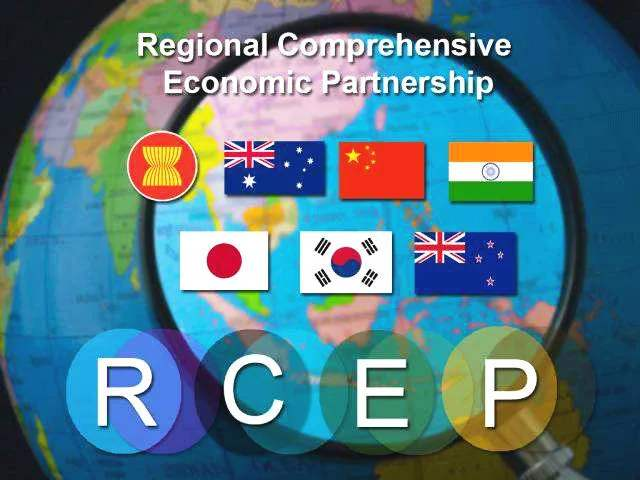全球最大自贸区诞生,对于日本来说意味着什么?

区域全面经济伙伴关系协定的正式签署,不仅诞生了全球最大的自贸区,通过区域全面经济伙伴关系协定还建立了中日自贸关系,这是我国首次与世界前十的经济体签署自贸协定,使我国与自贸伙伴的贸易覆盖率由目前的28%提升到35%,这对于日本来说意味着什么?同时对于推动整个东亚区域经济增长有什么作用?
日本各界高度关注并肯定协定正式签署
《区域全面经济伙伴关系协定》是日本社会近期关注的一个重点话题,占据了这两天日本媒体报道的重头。日本媒体普遍认为,区域全面经济伙伴关系协定涵盖的参加国的GDP总量将大约占到全球总量的三分之一,是全球首屈一指的区域贸易集团。在新冠肺炎疫情打击全球经济信心的背景下,区域全面经济伙伴关系协定将为日本等参加国乃至世界经济注入动力,也推动自由贸易的进一步发展。
目前,日本已经和东盟10国签署过其他自贸协定,与澳大利亚、新西兰两国也在跨太平洋伙伴关系协定框架下达成了协议,而此次《区域全面经济伙伴关系协定》是日本与主要贸易伙伴中国和韩国缔结的第一个自由贸易协定。
日本经济界关注关税减免对具体产业将会产生哪些影响。根据日本广播协会消息,中韩两国都将在协定框架下分阶段撤销对大约90%日本工业制品设定的关税,而目前中国对日本工业产品的撤销关税的比例大约在8%,韩国则大约在19%,可以说该协定将大幅推动日本工业产品出口到中国、韩国等。这对于日本来说意味着新的经济增长点。尤其是汽车零部件等日本优势较大的行业,对华出口的部分产品将在协定生效之时直接降到零关税。
另外,在农产品和食品等行业,日本国内市场近年趋于饱和,日本出口的海鲜、牛肉、日本酒等农副食品也将逐步降为零关税,这对日本的相关产业来说无疑是利好消息。
另一方面,日本在进口方面,除了大米、牛肉、猪肉、乳制品等5项重要农产品之外,日本将对来自中国、韩国的大约五成农产品将逐步撤销关税,这也会让日本消费者获得更多实惠。
中日韩各领域合作将加强 推动产业发展
根据日本财务省2019年的统计,中国占到日本外贸份额的21%,韩国占到5%。对日本来说,中国和韩国都是重要的贸易伙伴,其中,中国目前是日本最大的贸易伙伴。区域全面经济伙伴关系协定对于促进中日韩三国之间的贸易投资将发挥重要作用,也必将推动东亚区域在科技、金融科技、医疗、环保、旅游等各方面开展合作,建立有效的供应链,形成产业布局战略。日本学者认为,其中值得关注的是,日本政府现在正在积极推动数字化改革,而在数字经济领域中国处于领先水平,韩国对此也非常积极,此次协定签署有助于推动区域数字经济产业的发展。
除了区域全面经济伙伴关系协定之外,中日韩三国之间还在继续进行自贸谈判。作为东亚地区的三个主要经济体,中日韩自贸协定的标准将更高。日本经济界也期待开始于2002年的中日韩自贸协定谈判能够进一步加速。
